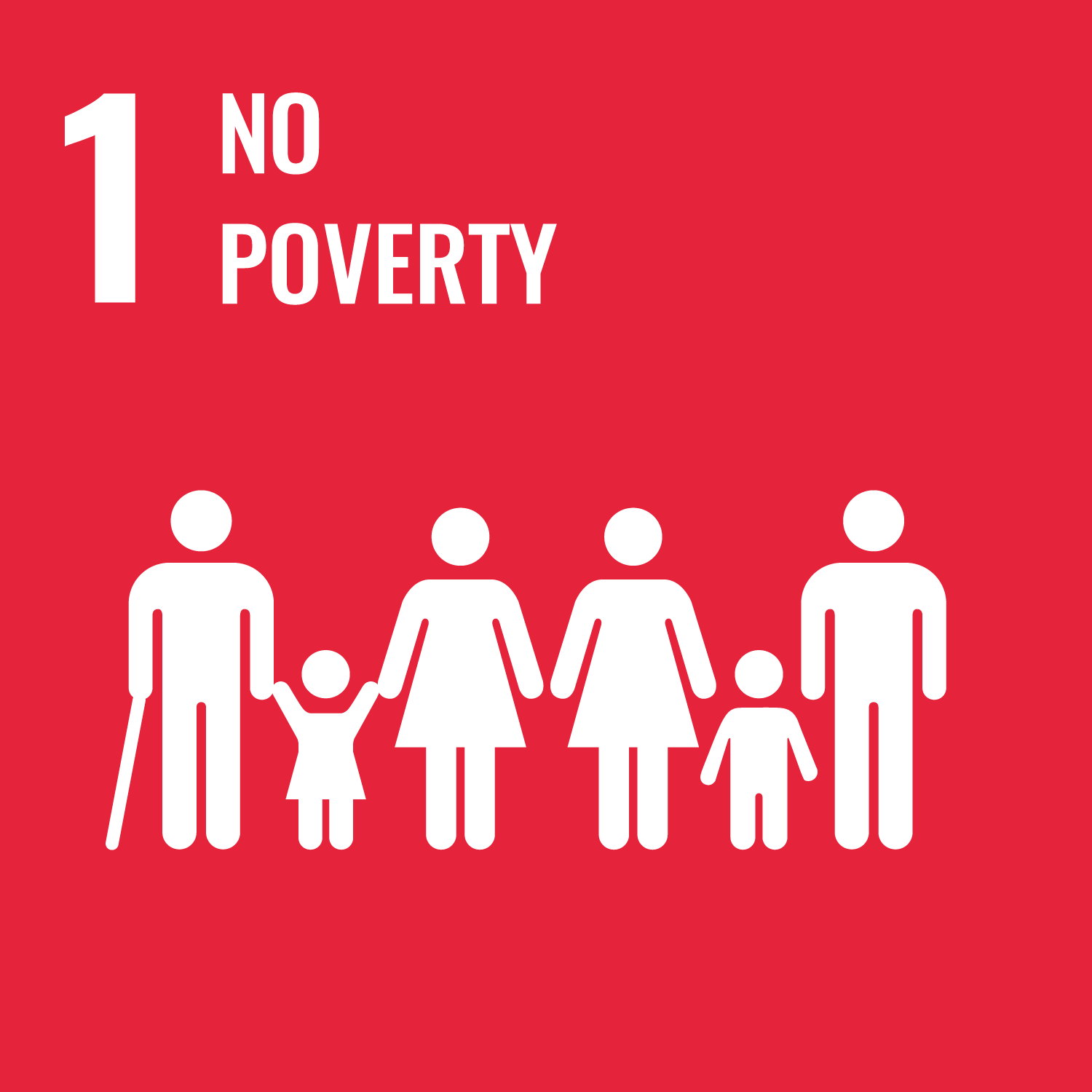Introduction
Reflecting on how an architect can contribute to more favorable development in our cities, in 2009 the Taller Activo was born as an academic initiative that questioned and reflected about the challenges and urgencies of the contemporary city and worked in many communities for over 6 years
The evidence of this work demonstrates that when a high participative community is empowered with even small projects that can only be achieved in collaboration with others, participation grows not only in the main group but in the community groups around, With a successful first intervention, the following interventions are led by the desire of new members to participate. The attached image illustrates the first territorial exercise developed in Altos de San Pablo in the City of Queretaro. The document includes the main tree intervention, with all the actors, a the general methodology and strategy, that will be applied in el Pinto.
El Pinto was chosen because of its participatory capacity and because of the size of the community, similar to “Altos de San Pablo “, however, El Pinto remains further and less connected to the infrastructure and main services of the city.

Document illustrates our previous territorial intervention: "Altos de San Pablo"
image: public domain
i
Impact
EL Pinto is a small settlement in the north of the city of Querétaro, linked to an industrial Park. With less than 2000 inhabitants, the community faces important challenges with water pollution and basic infrastructure.
Rather than a specific intervention, we expect to insert a methodology that may represent a way to develop small territories by recuperating the power of collectiveness. Which was in our understanding, the founding engine of the first cities and somehow has been lost in recent times.
In this sense, after a series of interventions, we expect to have a more participative territory, in which small projects can complement de needs of different groups, mutual help can be found in between groups, and possible bigger interventions could be achieved by the collaboration of different groups.
We understand that when the state nor the market have few possibilities or will to contribute with marginal stakeholders, participative action for the commonwealth may not be able to solve all necessities, but it may start a path to empowerment which may alleviate some needs.
El pinto is a work in progress. Participative workshops have led to defining possible first interventions, which include the “Pinto Entrance and Bus Stop”, “soccer field bleachers and restrooms” and “crypts for the cemetery”
Core team
El Pinto, is a new challenge for the group o initiators of the Taller Activo, working now as an Independent Agency and powered by new collaborators;
The original group of professionals and educators are:
Stafania Biondi, Edmundo Palacios and Alfonso Garduño. They worked in the community of “Altos de San Pablo” represented by Alejandra Campbell. Later on Alejandra moved to “el Pinto”, where she started working with that community and eventually contacted us for help. The main reason to work in el Pinto is that we have witnessed the capacity of Alejandra and her communities “to work for the commonwealth, both in “Altos de San Pablo” and in “El Pinto”.
New collaboration for this project are; Alfonso Jimenez from “Anonimous”, Axel Becerra form “IDEAS”, and Elena Tudela From “ORU”.
Image gallery

Entrance and Bus Stop
image: public domain
i

Crypts for the cementery
image: public domain
i

workshop. defining priorities
image: public domain
i

workshop. defining priorities
image: public domain
i

workshop. defining priorities
image: public domain
i

workshop. defining priorities
image: public domain
i

workshop. defining priorities
image: public domain
i

workshop. defining priorities
image: public domain
i

previous experience: Altos de San Pablo
image: public domain
i

previous experience: Altos de San Pablo
image: public domain
i

previous experience: Altos de San Pablo
image: public domain
i

previous experience: Altos de San Pablo
image: public domain
i

previous experience: Altos de San Pablo
image: public domain
i

















